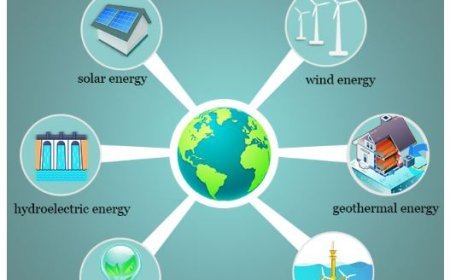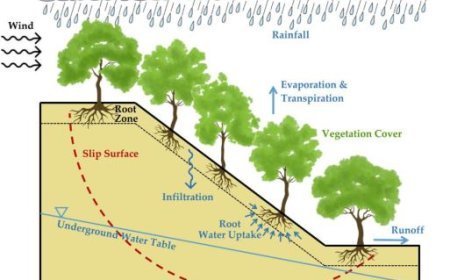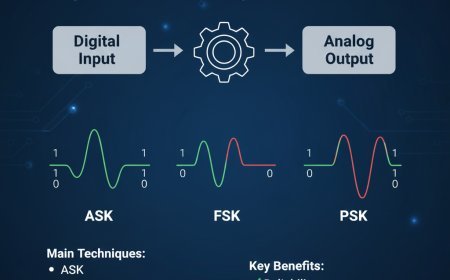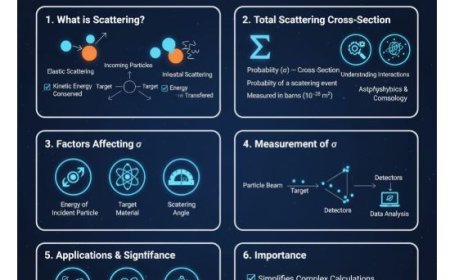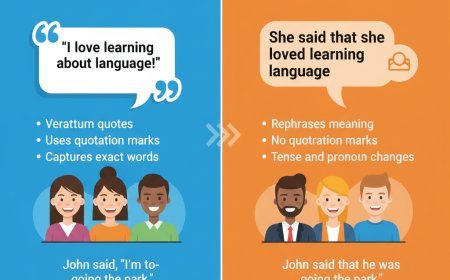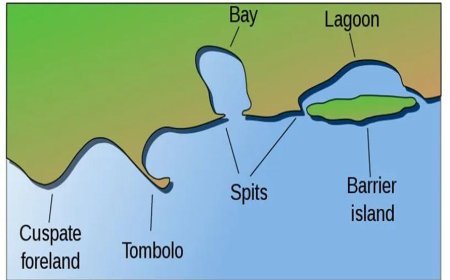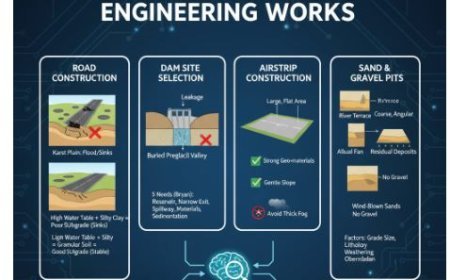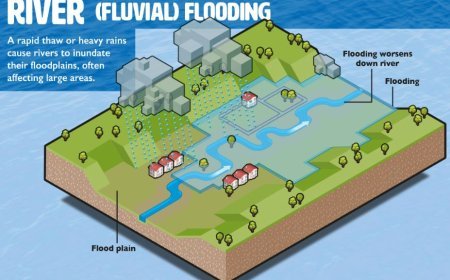MICROPALEONTOLOGICAL METHODS IN GEOLOGY
Discover the applications of micropaleontology in geology, including biostratigraphy and paleoenvironmental reconstruction.
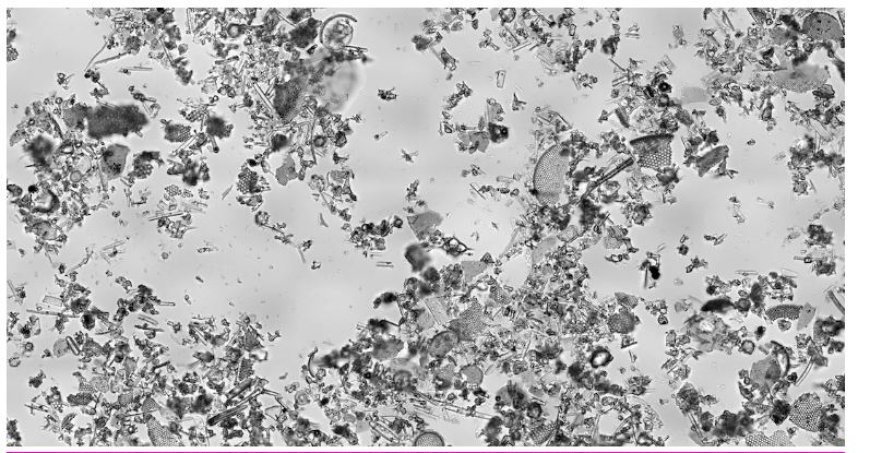
Micropaleontological Methods in Geology
- Micropalaeontology is a fascinating field of science that analyses small fossils, often less than one millimetre in size.
- These little fossils can reveal a great deal about Earth's past, including changes in climate, the ecosystem, and even the evolution of life.
Micropalaeontology
- Micropalaeontology (pronounced mi-kro-pa-le-on-tol-o-gee) is derived from three basic words: "micro," which means little; "paleo," which means old; and "ontology," which refers to the study of being or existence.
- Simply put, it is the study of microscopic old living forms that have evolved into fossils over time.
1. Important Micropaleontological Techniques
1. Micropalaeontology provides insight into Earth's history by analysing sediment layers over millions of years.
2. Climate Change Studies: Tiny fossils can reveal previous climatic conditions and anticipate future changes.
3. Micropalaeontology is commonly used in oil and gas exploration to detect reserves by identifying minute fossils.
2. Micropaleontological Techniques
Here are some key approaches used in micropalaeontology:
- Sample Collection: Field sampling: Scientists gather sediment samples from various geological areas. This approach allows them to collect a wide range of microfossils.
- Core Drilling: This approach includes drilling into the earth to extract large cylindrical chunks of sediment, known as cores, which hold layers of history.
- Microscopy
- Light Microscopy: Microfossils may be seen with standard light microscopes. This approach works well for detecting bigger fossils, such as foraminifera (small marine organisms).
- Scientists use electron microscopes to capture precise photos of minuscule fossils, revealing features that optical microscopes cannot detect.
- Sieve Analysis and Sifting Sediments: This approach involves washing and sieving sediment samples through various mesh sizes. This isolates the microfossils from the bigger particles, making it simpler to analyse.
- Acid Dissolution and Removing Carbonates: Some fossils are discovered in carbonate-rich strata. Scientists can separate microfossils for examination by dissolving the carbonates with acid.
- Identification and Classification: Scientists identify and categorise microfossils by comparing them to existing reference collections. This includes looking at their forms, sizes, and structures.
- Geochemical Analysis: Evaluating Chemical Composition: Some approaches, such as stable isotope analysis, assist scientists in understanding the environmental conditions that existed when the microbes lived. This can provide information on prior temperatures, salinity, and other parameters.
Application of Micropalaeontology in Geology
Now that we understand the approaches, let's look at how they're used:
1. Paleoenvironment Reconstruction: Microfossils in sediment layers can help scientists recreate ancient habitats. For example, discovering marine fossils in terrestrial layers may suggest that the location was formerly aquatic.
2. Dating Rock Layers: Some microfossils are found exclusively during specific time periods. Geologists can use fossil dating to establish the age of the rock strata where they are located.
3. Biostratigraphy: Microfossils are used to link rock strata across many places. It helps scientists comprehend a region's geological history.
What's Your Reaction?









